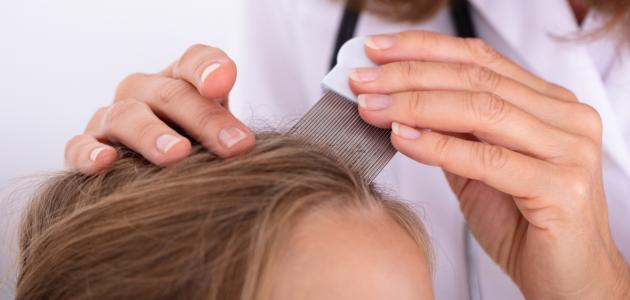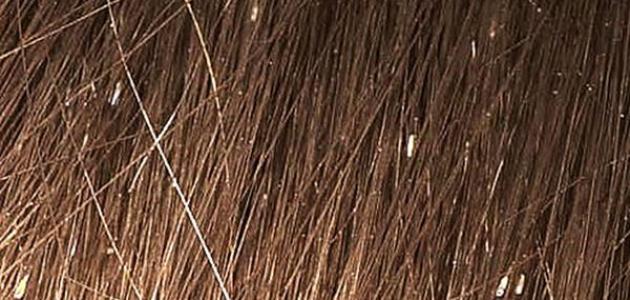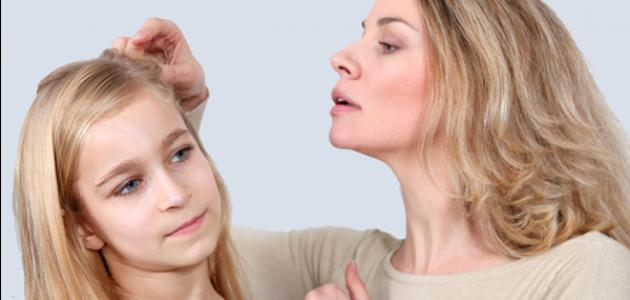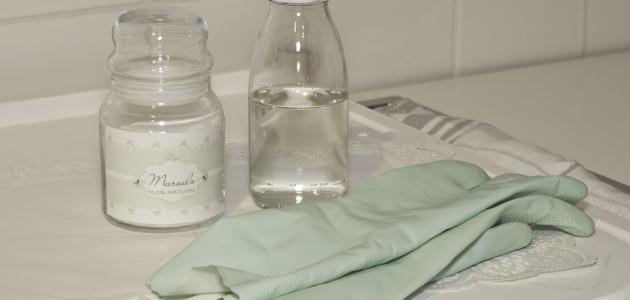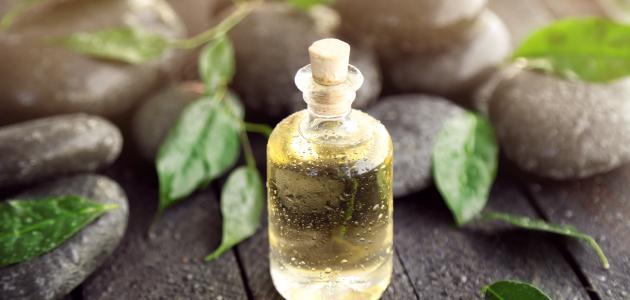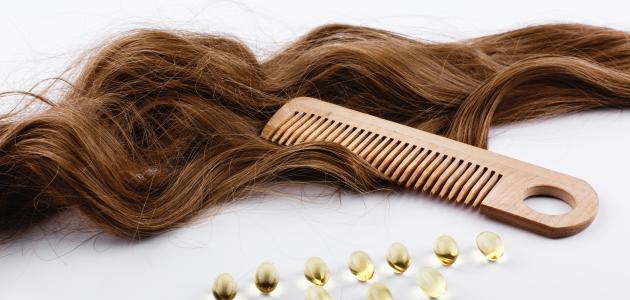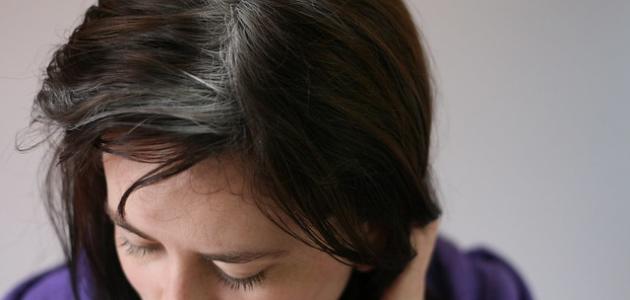lice
Lice are a wingless insect that has six legs, each of which ends with a twisted claw that helps it cling strongly to the hair of humans and animals. It lives as a parasite with no food other than the blood of other living creatures. It is born on it and then reproduces and lays its eggs between the hair shafts, thus providing itself with food and shelter permanently. Which protects it from the effects of weather factors, high or low temperatures, and food scarcity. There are up to 200 different species of lice, and most of these species are strains of lice that have adapted to live on a specific type of mammal or bird. There is a type of lice for chimpanzees, another for cats, and one for rats. There are three types specialized in living on the human body: lice. Head lice (which specialize in living on the scalp), body lice (mostly infect chest and armpit hair), and pubic lice. When lice infects a part of the body, it becomes difficult to get rid of it. Because it multiplies quickly, hides in its small size between the folds of the hair, and clings to the scalp very tightly, it becomes impossible to dislodge it by scratching the fingers, strong winds, or severe shaking.
Lice infection
Many children face the problem of lice, especially in the ages ranging from four to seven years. The reason for this is that lice is a disease that is easily transmitted between people. When personal items are shared (such as a hair comb, hair clippers, or hats), it becomes easy to transmit them. Lice spreads from one person to another, and it may be transmitted immediately through contact with other people, especially with the hair on their heads, because it attracts specific types of these insects. Children in the early stages have a lot of closeness and contact with others while playing and moving, and they may also neglect exchanging things. Therefore, the transmission of infection between them becomes very frequent, and the infection from them may reach their home and then spread to adults, and the rates of lice infection increase in unclean and uncared-for residential areas.
Read also:How to get rid of dandruff permanentlyAmong the personal items and tools through which lice can be transmitted from one person to another, and in which lice eggs (or as they are called nits) may spread to the person infected with lice, are the following:
- Hats, clothes, pillows and their sheets, bed covers, and the child’s toys that contain fabric, fur, or cotton (such as stuffed toys). Lice and their eggs are also spread on carpets, and on any cloth surface with which the child can touch his head.
- To avoid spreading the infection again during treatment, it is necessary to clean the objects and tools that the infected person previously used with very hot water, while also washing the sheets and covers. The toys that the child uses can be wrapped in plastic bags for several weeks, and all hair brushes and combs must be sterilized in hot water and soaked for several days. Hours, adding a little lice shampoo to it to ensure that it is free of any traces of lice insects or their eggs, which can reproduce again.
Symptoms of lice infestation
The most important symptoms that can be looked for to confirm a lice infestation are the following:
- Constant itching in the scalp.
- Lice eggs can be seen in the form of small white spots throughout the hair, and they are similar in shape to dandruff when they are immature. When using a magnifying lens, these eggs may appear very clear at the hairline in particular, and they are brown in color when they carry lice embryos inside them. After hatching, they become transparent and almost take on the color of hair.
- Finding fully grown lice insects between the teeth of the hair comb while combing it.
- A rash or spread of ulcers on the skin in the affected areas as a result of the lice biting and its continuous stinging of the infected person’s skin.
- When searching for adult lice insects spread on the hair, you must take into account that what you are looking for is an insect that resembles a tick and is approximately the size of a sesame seed. Its color is usually brown, but it may be yellow or gray.
How do I get rid of lice eggs in the hair?
As for treating lice eggs from the head specifically, there are several ways and means that may help in this, the most important of which are:
Read also:How to grow hair- It is useful in the beginning to comb the hair well to ensure that it does not tangle with each other, which makes it easier to clean each strand separately in the following steps.
- After combing the hair, it is necessary to wash it with hot water as much as possible. The higher the temperature, the more capable it is of eliminating lice. Then, the hair can be washed with lice shampoo (which is designed with a chemical formula specifically designed to kill these insects), and rubbed it well with all parts of the hair, and then left. For ten minutes.
- There are special hair combs to get rid of lice, which are widely available in pharmacies and medical stores. These combs are characterized by having fine teeth made in a thoughtful way so that they pull the lice out from between the folds of the hair, even if they are well clinging to them. The steps for using the comb are to hold the hair strands one by one and comb them downward with the lice brush so that the lice fall on the ground or in a container away from the infected person’s body. This process must be repeated several times on all of the infected person’s hair, and one can rely on sight to identify the strands that have a lot of lice on them. .
- It helps, after completing these methods, and for an additional guarantee in eliminating lice, to pour a cup of vinegar on the hair and comb it again with a lice comb, as vinegar kills lice and its eggs, and a blowdryer can also be used to dry the hair due to the bad effect of hot air on these insects.
Injury prevention
In most cases, it is recommended to use the methods that were explained previously, or any type of treatment, at least twice, where the second time comes after a period ranging from seven to nine days after the first, and its goal is to ensure the elimination of the eggs that remained after the death of the insects. Adults, which may have hatched after the end of the first treatment and the death of other insects. After eliminating the lice present on the scalp, there will be no need to take any other measures. Lice that live far from the human body (for example, in clothes or parts of the house) will not be able to survive for long without a provider, and will die within a few days. Take all measures to avoid infection again. It is possible to wash clothes and boil hair supplies, such as combs and bedding, in hot water, as this will ensure protection from them.
Read also:Lice damage